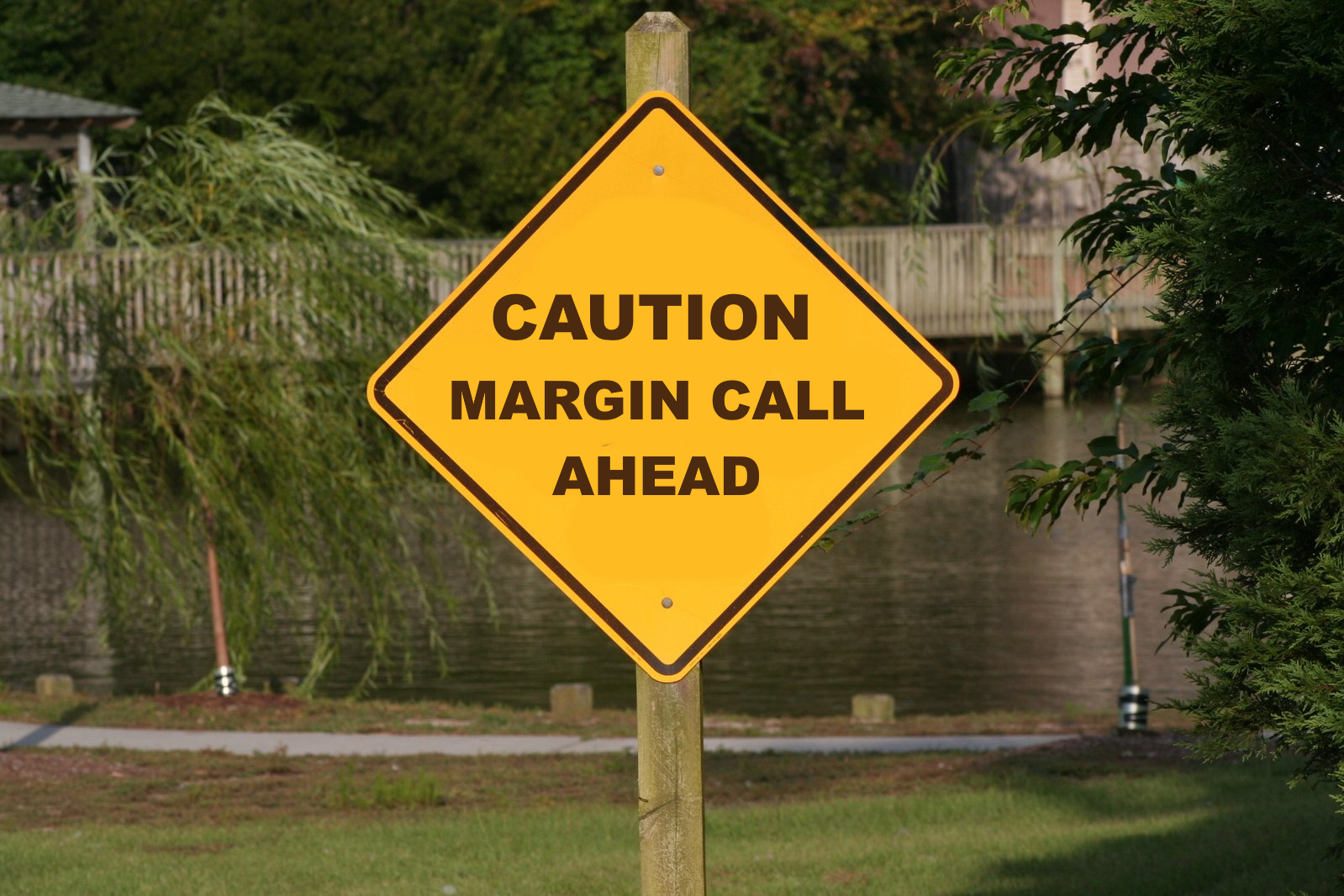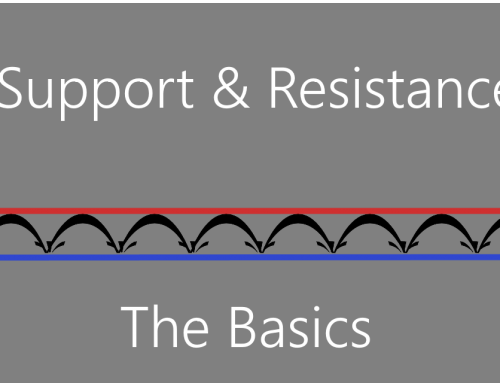In simple terms, “Margin” is using money borrowed from your broker to buy stocks. A “Margin Account” is a brokerage account that allows traders and investors to buy stocks by borrowing a portion of the purchase price. Traders and investors normally use margin to leverage their buying power, so that they can own additional shares without paying for them in full. While this does increase the potential for greater profits, margin also exposes investors to more risk and the possibility of bigger losses.
Cash vs. Margin There are two ways to buy stocks the buyer can pay for the purchase in full, or use margin. In a margin account purchase, the buyer pays a portion of the purchase price and the broker lends the difference. The buyer then pays interest on the loan, in addition to the normal commission fees. The broker holds the stocks for collateral, and any dividends earned from the stocks are used to help offset the interest payments.
Here’s How Margin Works Assume that you bought a stock for $40 per share, and three weeks later the price went up to $60. If you bought the stock in a cash account and paid for in full, you made a 50% return on your initial investment minus any brokerage fees and commissions. However, if you bought the stock in a margin account using $20 of your own funds and $20 margin borrowed from your broker, you would make a 100% return on your money, though you would still owe your broker $20 per share plus any accumulated interest.
Pros and Cons It is important for traders to understand the disadvantages as well as the advantages of using margin. The same “margin” that can result in high percentage returns can also lead to equally large losses.
The main drawback of using margin becomes obvious if the stock price drops losses can add up very quickly. Let’s look back to the example above. If the shares you bought in a cash account for $40 each dropped to $20, you would lose 50% of your investment. Had you used margin to buy them, you would be down 100 percent and still owe the interest on the borrowed funds.
There is also the possibility of a “margin call” if the price of your stocks drop too far. This comes in the form of a request from your broker for additional cash to be deposited into your account. Many new traders are surprised to discover that their brokerage firm has the right to sell any stocks that were bought on margin without any warning and potentially at a significant loss. If a broker sells your stock after the price has plunged, then you’ve lost out on the chance to recoup your losses if the market bounces back.
Bottom Line Margin serves as a guarantee that you will be able to meet the financial obligations for the trades you decide to enter. While the extra leverage offers traders a chance to “lean into” good trades, if you use up your excess margin and your positions move unfavorably, you may be required to deposit more money into your account in order to maintain your positions. To avoid this situation, all traders should use a Risk Control money management strategy to limit their losses on trades and let the winners run.
Note – Margin accounts are regulated by the National Association of Securities Dealers (NASD), the New York Stock Exchange (NYSE), and the lending brokerage firm.






